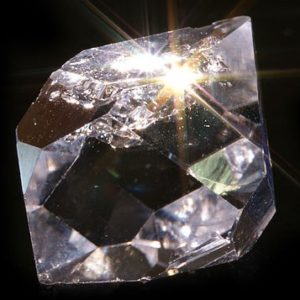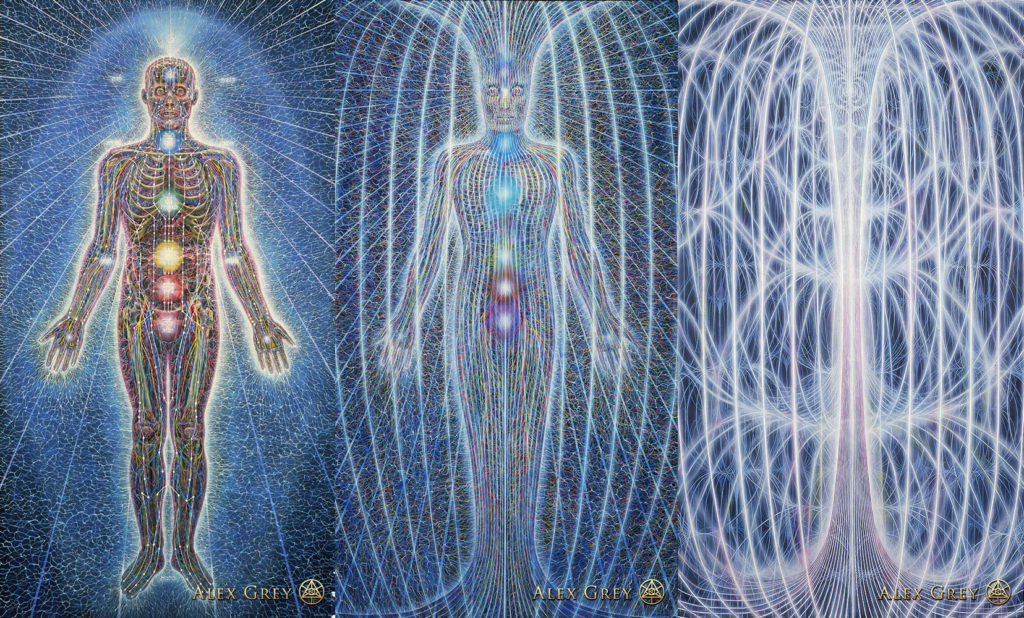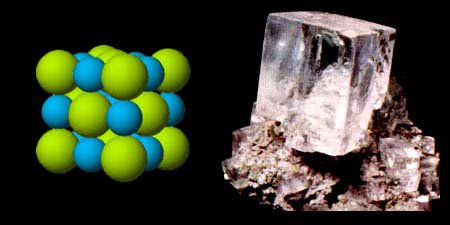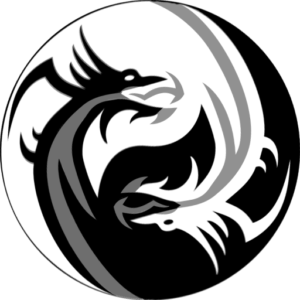Breathwork
Breath is synonymous with “Spirit” in almost every tradition. We relate the invisible animating force of the breath with Life and the Holy Spirit. Even the word “Inspiration” has its second meaning as “the drawing in of breath; inhalation.”
When we work with the breath (i.e. pranayama), we are working with our own spirit and our connection to the Great Spirit that moves through us All. Learning breathwork to move energy in the body yokes the Mind, Body, and Spirit together (i.e. yoga).
These breath exercises activate the Throat Chakra, bringing in the Aether Element to the body. Aether is the Fifth Element and associated with 5D, the Throat Chakra, and the synthesis of the Light Body. These exercises will open the Throat Chakra and catalyze the transition to 5D. They unify the whole being and energize with the Life-giving Spirit or Prana.
As with any breathwork exercise, these can have powerful results for anyone devoted to them. Five minutes a day is better than one hour once a week. Make sure you are grounded before doing any breathwork exercise, because the Kundalini fires once the channels are clear and this can be sudden or unexpected.
The goal is to have the Kundalini fire slow, so the results are prolonged and retained, but be aware that it might fire quickly once a block is released. If you experience any strong side effects, just stop the exercise and breathe deeply until your body calibrates. Sudden upsets of emotions are common. Stay grounded and feel them until they pass. You can always tap on the sternum/thymus gland to help regulate the energy flow in the body and aid in any clearing.
Here are some more Kundalini and Breathwork exercises that may be useful.
Ujjayi Breath
(Pronounced “ooh-jah-yee” and means “Victorious Breath”)
You can use this exercise at any time. It will charge up the body with Universal Life Force Energy and aids with healing and vitality.
- Inhale slowly through the nose.
- Hold the breath at the peak of the inhale until it starts to be uncomfortable.
- Tighten the muscles in the back of the throat as you exhale out the nose. These are the muscles as if you were saying “HAAAH” or breathing onto a mirror. It should make a sound as you exhale, even though your mouth is closed. You can also do it with the mouth open and actually hiss HAAAH, if that makes it easier.
- Hold the exhalation with the lungs empty until you naturally draw in breath.
- Repeat until you feel energized and vibrant. Don’t force any of these steps, as it will do more harm then good. Gentle.
Lion’s Breath
You can use this exercise to clear out energy blockages or to turbo charge the body with energy. Use for 1-5 minutes per day or as needed.
- Sit with the back in an upright position, supporting the upper body using the lower back.
- Tip the head back as far as is comfortable to hold there for a prolonged period. The further back the better, but do not have any neck strain or hunch the shoulders; be totally relaxed. The neck muscles will strengthen with time and eventually you will be able to hold the head back far enough to look at the ceiling comfortably.
- Inhale slowly through the nostrils.
- At the peak of the inhale, stick the tongue out as far as you can without straining. Strong exhale out over the back of the tongue. This is different than Ujjayi Breath. That is more like a hiss in the back of the throat and this is more like a soft roar from the lungs.
- When the lungs are depleted, strong inhalation.
- Repeat. Two options here: Either continue at the same strength as the first breath, or if you feel good, increase speed and power of respiration until you are audibly roaring with the exhales followed by swift inhales. The goal is not to be fast, the goal is to feel the energy powering up the whole body from the Root to the Crown. Feel into each breath and go at the speed and intensity that feels comfortable. It is fine to do this gentle at first until you feel the power rising within.
Many blessings on your Divine Journey!
Love, Wisdom, Power
—November 28, 2017
Header image: Designed by Freepik







 Gaia has ascended to 5D and is now pulling every single being on the planet to 5D. In order to bring clarity, I am providing a basic outline of 3D to 5D, which everyone will be experiencing in the very near future, if they have not already begun.
Gaia has ascended to 5D and is now pulling every single being on the planet to 5D. In order to bring clarity, I am providing a basic outline of 3D to 5D, which everyone will be experiencing in the very near future, if they have not already begun.